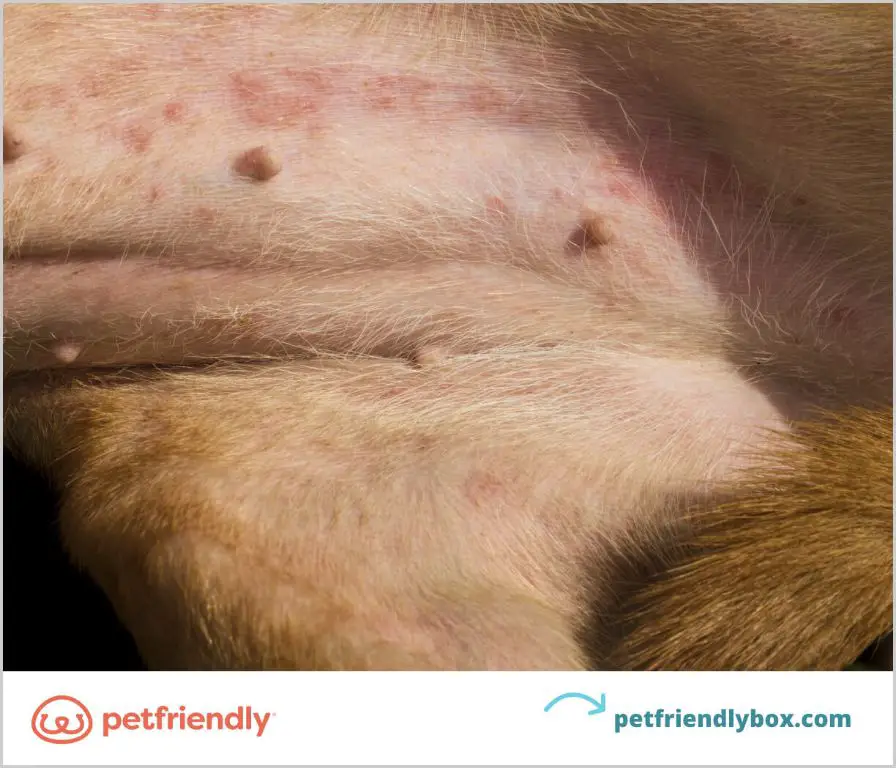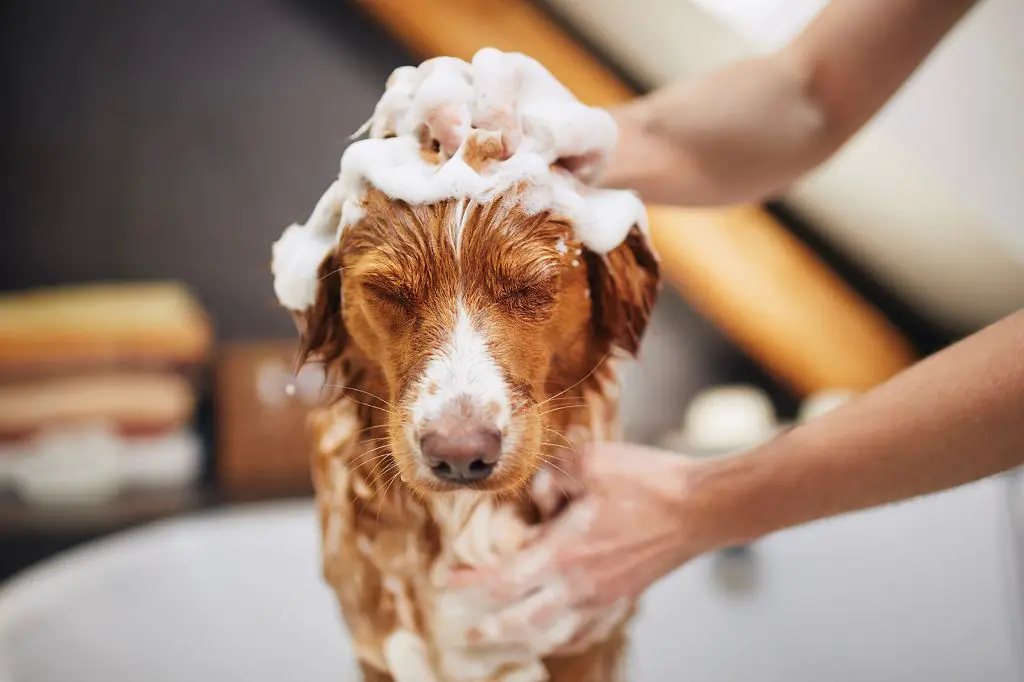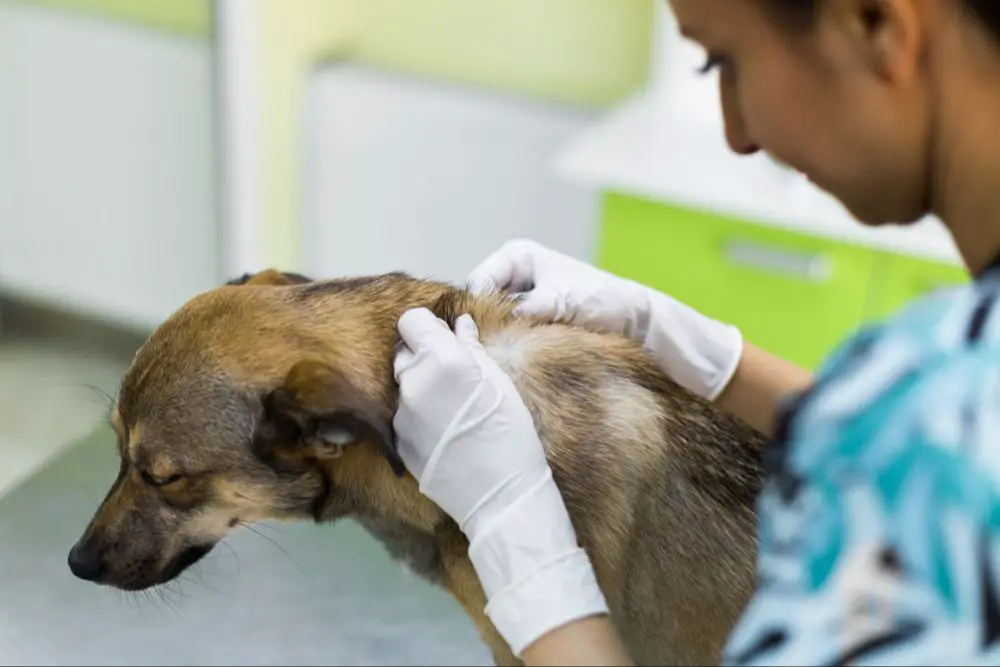What is dog fennel?
Dog fennel (scientific name Eupatorium capillifolium) is a perennial herbaceous plant that is native to North America. It grows wild in fields, roadsides and open wooded areas. The plant can reach heights of 3 to 6 feet, with slender green stems and thin leaves that resemble the foliage of fennel. Tiny white flower clusters bloom at the ends of the stems in late summer and fall.
Dog fennel has had many traditional uses by Native Americans and early settlers. The roots were used to make a tea to treat fever and diarrhea. The plant was also believed to have insecticidal properties and was used to repel fleas and other pests. The leaves and flowers were dried and used in sachets to scent clothing.
Active compounds in dog fennel

Dog fennel contains several active compounds that give it insecticidal properties. The primary active compounds found in dog fennel are essential oils and sesquiterpene lactones.
The essential oils in dog fennel include trans-anethole, estragole, and fenchone. These oils are what give fennel its characteristic licorice-like aroma. When isolated and concentrated, these essential oils have been shown to exhibit insecticidal effects against a range of insects.
Dog fennel also contains high levels of sesquiterpene lactones. These are bitter plant chemicals that have bug repelling properties. The main sesquiterpene lactones found in dog fennel are tauremisin and psilostachyin. Research indicates that these compounds can deter insects from feeding on the plant and even be toxic to some insects at higher concentrations.
In addition, dog fennel contains other active compounds like polyacetylenes and flavonoids that may contribute to its insect-repelling abilities. The combination of essential oils, sesquiterpene lactones, and other bioactive compounds gives dog fennel its reputation as a natural insect repellent.
Dog Fennel’s Insecticidal Properties
Dog fennel contains compounds that have insecticidal effects, meaning they are toxic or repel certain insects. The most well-studied of these compounds is trans-anethole.
Research shows that trans-anethole interferes with insects’ nervous systems and repels mosquitoes. In laboratory studies, exposing mosquitoes to trans-anethole significantly reduced the number of mosquitoes that would feed on warm-blooded hosts. This indicates that trans-anethole acts as a mosquito repellent.
Dog fennel’s insecticidal effects extend beyond just mosquitoes. Studies have found that extracts made from the plant can repel other insects like houseflies, stable flies, and cockroaches. The extracts were also toxic to some storage pests like rice weevils when ingested at certain concentrations.
Overall, these properties make dog fennel a potentially useful natural insecticide. However, more research is still needed to fully understand its effects across different insect species and determine optimal uses.
Does dog fennel repel fleas?
There are many anecdotal reports of using dog fennel as a natural flea repellent for dogs. Some pet owners claim that rubbing fresh or dried dog fennel on a dog’s coat, or placing sachets of dried dog fennel around the house, can help repel fleas. However, there is limited scientific evidence that supports these claims.

A few small studies have examined the insecticidal effects of dog fennel extracts, showing some activity against fleas and other insects. However, no peer-reviewed research has specifically looked at dog fennel’s ability to repel fleas when used on dogs or around the home.
While some pet owners find it works for them, there is still a lack of solid scientific proof that dog fennel acts as an effective flea repellent. More research is needed to determine if dog fennel oil, extracts or dried plant material can repel fleas, and to find the optimal methods of use. Until then, claims about dog fennel’s flea repelling abilities remain anecdotal.
Using Dog Fennel for Fleas
Dog fennel can be used in a few different ways to help repel fleas:
Dried Plant Parts
The dried leaves, stems, and flowers of the dog fennel plant contain the active compounds that have insecticidal properties. You can rub your pet directly with the dried plant parts or add them to their bedding. The scent helps repel fleas. Be sure to crush the dried dog fennel first to release the oils.
Essential Oil
Dog fennel essential oil can also be diluted and applied topically to your pet’s coat. Only use a few drops mixed with a carrier oil. Don’t get the oil near your pet’s eyes, nose, or mouth. Test a small area first to ensure your pet doesn’t have an allergic reaction.
Precautions
While dog fennel can help repel fleas naturally, be cautious using it on pets or humans who are pregnant or nursing. It’s also toxic to fish, so avoid using near ponds or aquariums. Monitor your pet for any skin irritation when first using dog fennel. As with any natural flea control, consult your veterinarian if problems persist.
Other natural flea repellents
In addition to dog fennel, there are some other natural options for repelling fleas without toxic chemicals:

Essential oils – Certain essential oils like lavender, peppermint, tea tree, and eucalyptus have insecticidal properties. Dilute a few drops of these oils with a carrier oil and apply topically to your dog’s coat. This can help repel fleas. However the effects are temporary and oils need to be reapplied frequently.
Herbs – Herbs like garlic, brewer’s yeast, and rosemary can be added to your dog’s food or given as supplements. Their strong scent and bitter taste may help make your dog’s blood less appealing to fleas. However, the repellent effects of these herbs are mild and they shouldn’t be used in excess.
Diatomaceous earth – This powdery chalk-like substance made from fossilized algae can help dry out and kill fleas when applied topically. Spread food-grade diatomaceous earth lightly over your dog’s coat and massage it in. It can help repel and control flea populations when used regularly.
Flea prevention methods
There are several ways to prevent fleas from infesting your home and pets. Some of the most common and effective flea prevention methods include:
Oral/topical medications
Veterinarians often recommend oral or topical flea medications to kill fleas and prevent reinfestation. Some popular prescription medications contain active ingredients like fipronil, selamectin, and lufenuron that attack adult fleas and disrupt their life cycle. These medications come in pill, spot-on liquid, or chewable tablet forms and work by spreading through the pet’s bloodstream and skin.
Environmental treatment
Since fleas live in carpets, bedding, and grass outdoors, treating the home and yard is key. Products containing insect growth regulators like pyriproxyfen, methoprene, and fenoxycarb can be sprayed inside and outside. These compounds mimic insect hormones and prevent flea larvae/eggs from developing into adults. Vacuuming frequently also helps remove eggs and larvae.
Grooming
Bathing pets regularly with flea shampoo can kill fleas and eggs while brushing helps remove flea dirt and debris. Some shampoos contain insecticides while others rely on soap and water to drown the fleas. Frequent laundering of bedding and vacuuming is also important to limit flea numbers.
When to see a vet about fleas
In most cases, fleas can be managed at home without medical intervention. However, there are some situations where it’s important to seek veterinary care:

Persistent infestation
If you’ve tried over-the-counter flea treatments and home remedies but your pet still has fleas, see your vet. Persistent flea infestations can cause skin irritation, infections, and anemia.
Allergic reaction
Some pets have allergic reactions to flea bites. Signs include excessive scratching, hot spots, hair loss, scabs, and red, inflamed skin. See your vet if your pet has these symptoms.
Flea-borne diseases
Fleas can transmit several diseases to pets and humans, including tapeworms, typhus, and plague. Pets with fleas should be checked for signs of illness. Preventative medication may be recommended.
Veterinary exams allow diagnosis and treatment of any secondary problems caused by fleas. Your vet can provide prescription strength flea control products and suggest integrated flea management techniques to eliminate the infestation.
Flea biology and life cycle
Fleas go through four life cycle stages: egg, larva, pupa, and adult. Understanding this life cycle helps identify the best ways to control flea populations.
Adult fleas live on the animal host and feed on blood. Female fleas lay eggs, which drop off the animal into the environment. A female flea can lay up to 50 eggs per day and over 2,000 eggs in her lifetime.
Eggs hatch into larvae usually within 2 days. Flea larvae are worm-like and feed on organic debris and adult flea feces for food. Larvae molt multiple times over 5-11 days before spinning a cocoon to become pupae.
The pupal stage lasts around 1 week. Pupae are sticky and get caught in carpet fibers and bedding material. When vibrations indicate a host is near, the pupae emerge as adults and jump onto the animal to feed.
The entire flea life cycle can be completed in as little as 2-3 weeks. With substantial food sources, fleas can reproduce at exponential rates leading to heavy infestations.
Adult fleas survive by ingesting blood from their hosts. A flea can live 2-3 months without feeding, but feeds every 3-4 days when hosts are readily available. Fleas use their piercing mouthparts to bite the skin and suck blood for nutrition.
Flea management
Flea management requires a multi-pronged approach of treating pets, treating the home environment, and ongoing prevention. Some key steps include:
Treating pets
If your pet has fleas, talk to your veterinarian about flea treatment products. Options may include spot-on liquid treatments, oral tablets, or flea collars. Treat all pets in the household. Bathe and groom your pet to remove fleas and eggs.
Treating home
Fleas live in carpets, bedding, floors, and other areas. Vacuum all floors, furniture, cracks and crevices to remove flea eggs and larvae. Wash your pet’s bedding in hot water. Consider hiring a professional exterminator if there is a major infestation.
Prevention
Continuing flea prevention is key after treating an existing infestation. Use veterinarian-recommended flea prevention products monthly on your pets. Vacuum and wash bedding regularly. Keep grass cut short and trim brush around the home. Monitor pets and home for signs of fleas.